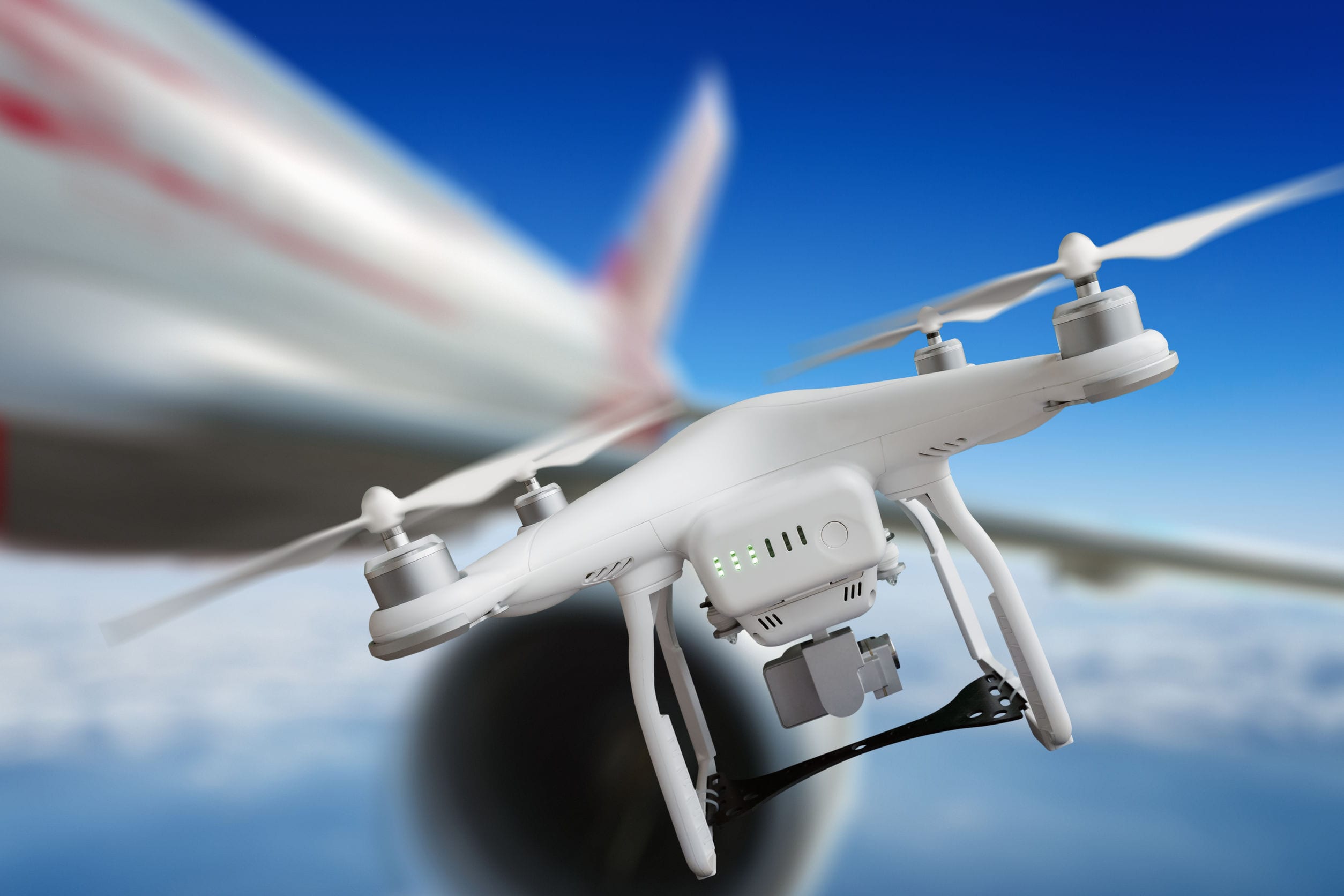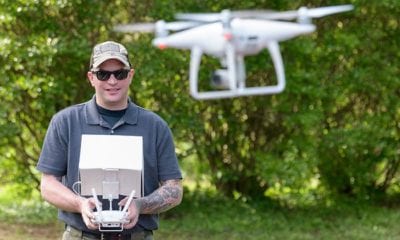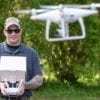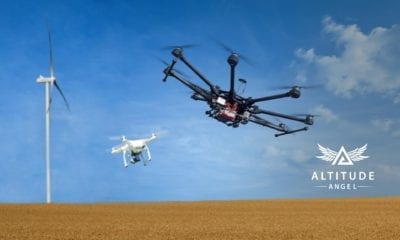
News
Closest-Ever Near Miss Involving Passenger Jet and a Drone
In the closest ever near-miss involving a passenger jet and a stray drone in UK airspace, a Virgin Atlantic plane was just 10ft away from hitting a drone. The incident occurred when Virgin Atlantic the Boeing 787-9 jet was flying at around 250mph and was at 3,200 feet on its approach to land at Heathrow. Drone operators are normally only permitted to fly below 400ft and within sight of their devices, and are expected to stay well clear of airports. Operators who endanger the safety of an aircraft can be jailed for five years.
The B787-9 Dreamliner carrying up to 264 passengers was passing over residential streets just north of Clapham Common when it was nearly hit by the drone. A report by the UK Airprox Board (UKAB), which investigates near misses, said the “drone-like object was seen to pass just below the right wing, avoiding impact with the engine by an estimated 10ft”.
Fortunately the aircraft which was nearing the end of its eight and a half hour flight from Delhi landed safely after the narrow escape. Air traffic controllers were immediately informed, but it is believed that police could not find any trace of the drone operator who was flying his device at eight times the legal height. The number of near misses between aircraft and drones has soared in recent years as the devices have become more popular, leading to fears of a catastrophic collision. The number of near misses between aircraft and drones rose from 29 in 2015 to 92 last year. Experts warn that an impact with a heavy drone poses a potential calamity graver risk than a bird strike.
The UKAB report rated the incident as the highest possible Category ‘A’ incident, meaning there was “a serious risk of collision”. It stated: ‘The drone was being flown beyond VLOS (visual line of sight) limits and on an airfield approach path, such that it was endangering other aircraft at that altitude and position. “The Board agreed that the incident was therefore best described as the drone was flown into conflict with the B787. The Board considered that the pilot’s overall account of the incident portrayed a situation where providence had played a major part in the incident and/or a definite risk of collision had existed.”
The near miss led to Virgin Atlantic calling for tighter rules to prevent drones being flown near airports and flight paths Statement from the airline spokesman declared: “The safety and security of our customers and crew is always our priority, and the pilots immediately reported the incident to Air Traffic Control in line with our procedures. It’s vital that action is taken to regulate the use of drones near airports, and we urge the government to consider further proposals.”























